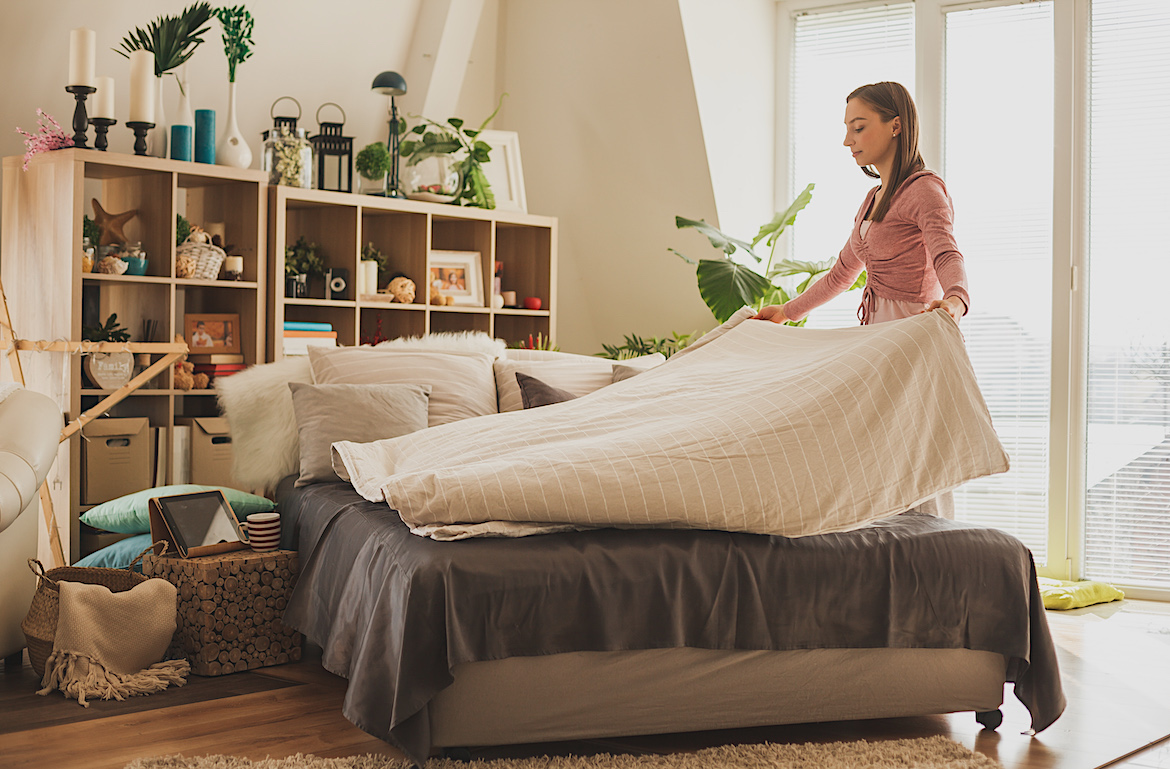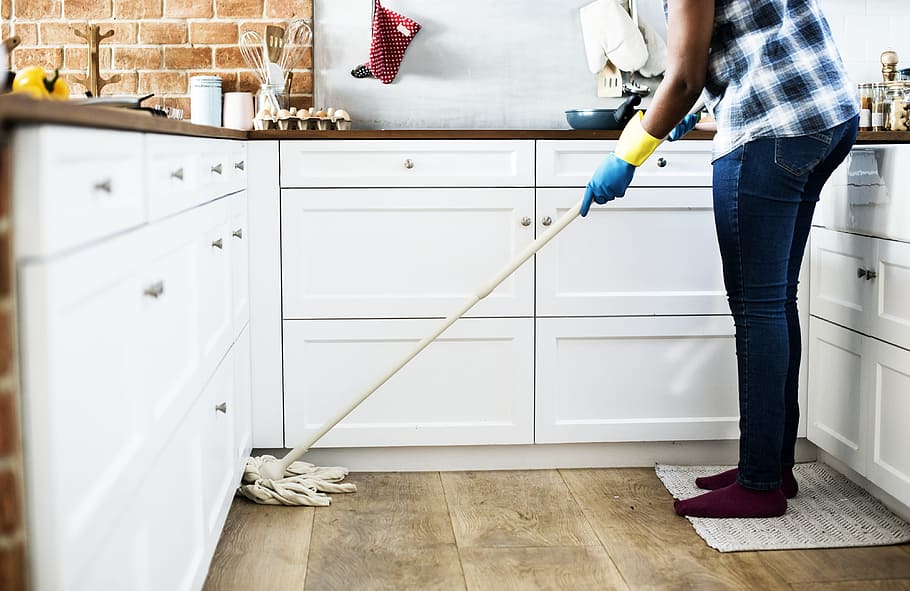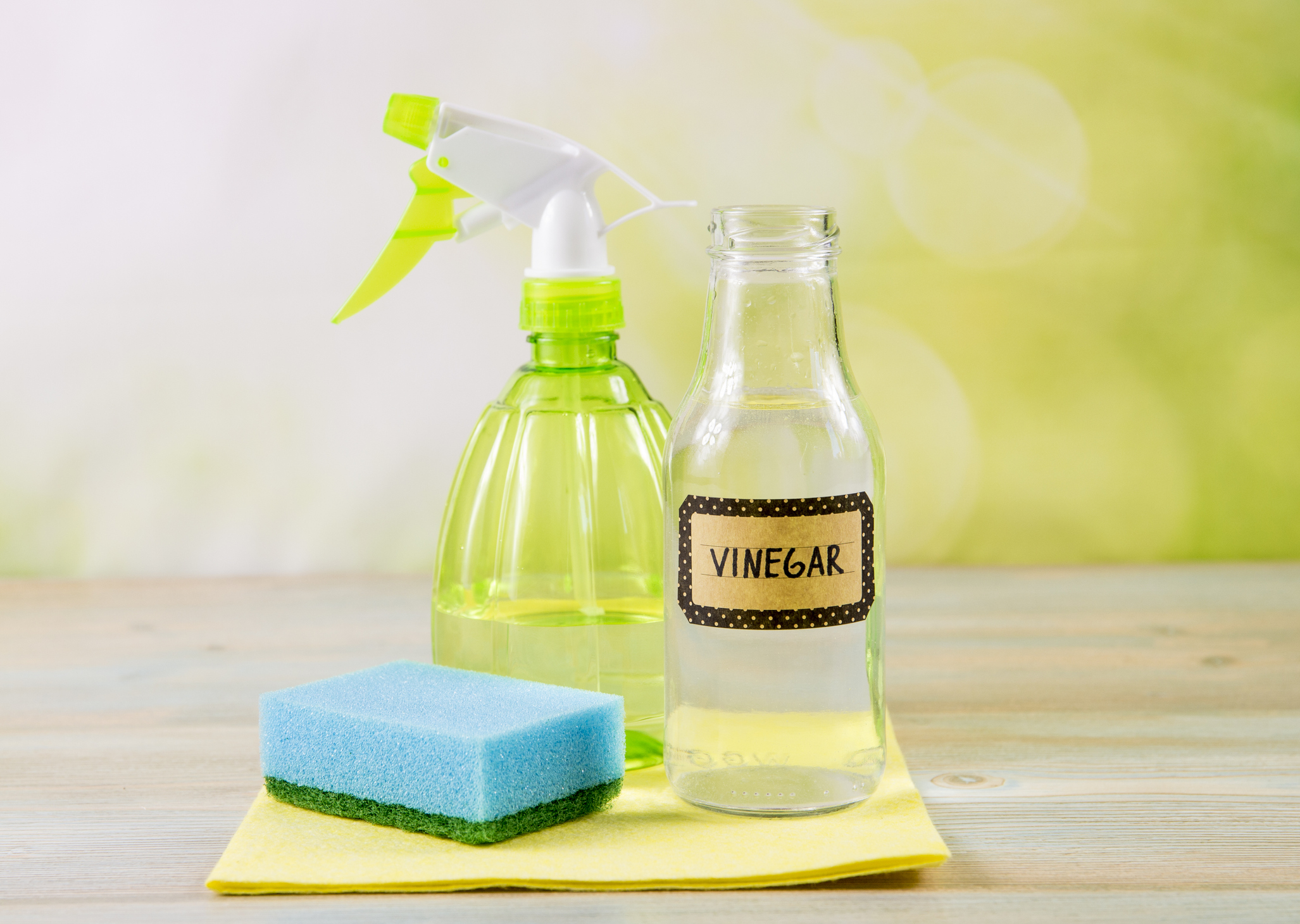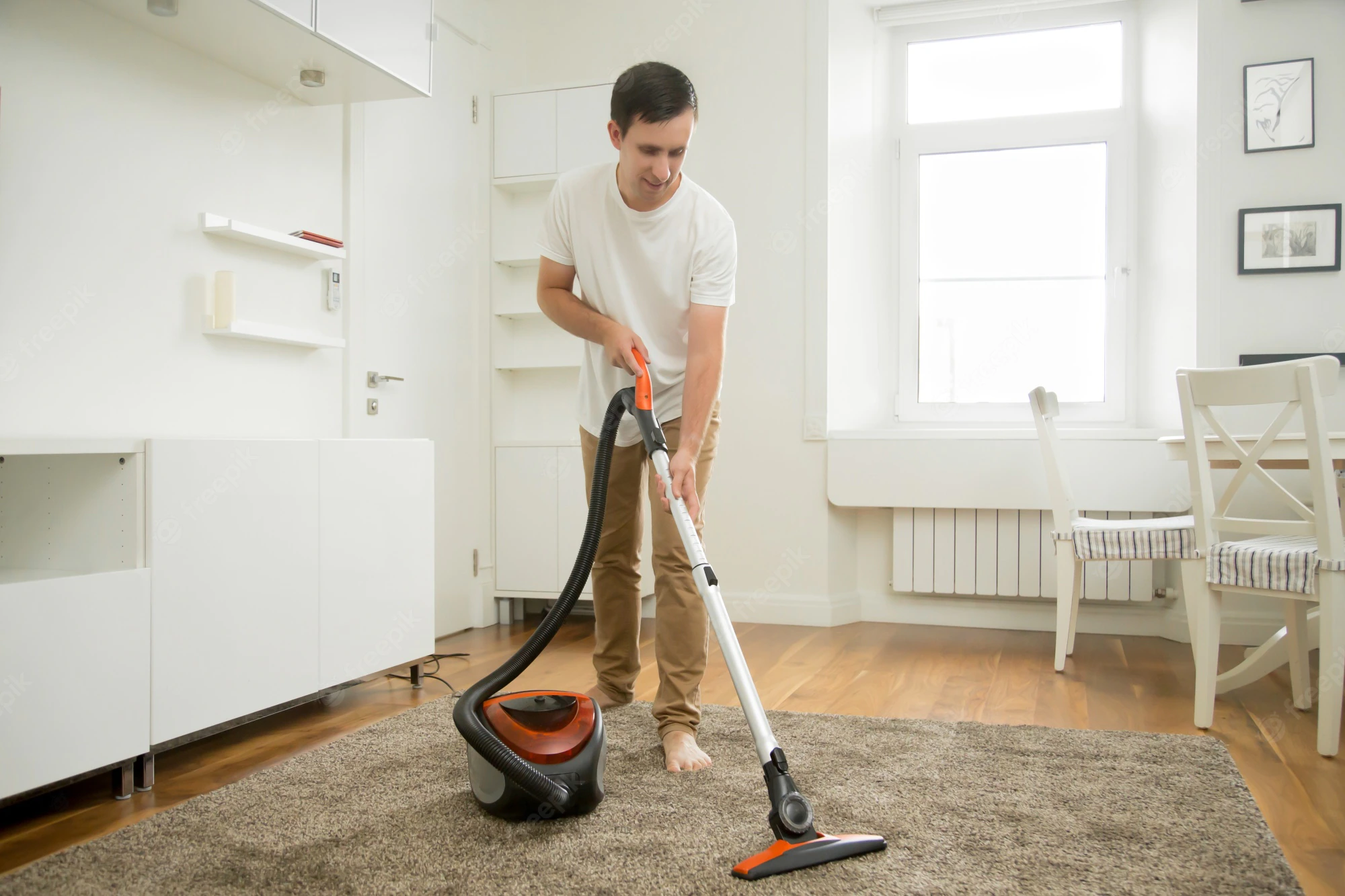Today, domestic cleaning questions are burning down the internet.
How often should I clean the toilet? What are the right tools to clean a bathroom? How do I remove grease from kitchen countertops?
Among these questions lie several mistakes that many homeowners are making that are actually wasting their time.
So, can someone settle a few answers over these mistakes?
#1. Using the Same Rag Around the House

Cleaning rags play a crucial role in disinfecting your home – it’s cost-saving compared to paper towels and much more environmentally friendly. But, there’s a high possibility that you might be using it in the wrong way.
Think about it: You start by wiping the tables first, that’s okay. Then, you move you to the kitchen counters, the living room coffee table and the mirrors in the bathroom. In other words, you are using the same rag to clean every surface of your house and when the job’s done, you just toss the rag somewhere, which will be used again next week.
That’s a bad habit that most of us have, which is just…Yuck!
I mean, would you want to sit in a chair that’s been cleaned using a cloth that was used to wipe grease and crumbs from kitchen counters or grime from bathroom surfaces?
Just like how you often change your washcloth, similarly, experts recommend changing and using new rags or microfiber cleaning cloths when cleaning the different spots of your house.
#2. Using a Feather Duster

I’m not saying that using a feather duster is a cleaning mistake because it’s old-fashioned and an outdated cleaning tool, but rather because most housecleaning experts say so.
At the beginning, you might have been tempted by advertisements’ claims of its impressive “trap and lock dust” feature. But, with a quick “flick and swish”, you start realizing that it’s not removing the dust at all, but just spreading it to other surfaces.
However, the tricky thing here lies in the buildup of static electricity.
With the proper use of the duster, the tiny “fingers” will not catch and spread dust, but better to use a microfiber cleaning cloth.
#3. Not Cleaning the Vacuum

You wake up on a bright Saturday morning (or mid-morning if you are feeling a bit lazier), put on your slipper and get your vacuum cleaner ready for a peak cleanliness of your home.
But, then, the unexpected happens – the loud, glorious vacuum sound is gone and it’s not sucking dirt as it used to.
You take it in your arms like a baby and wonder whether it needs repairs or you need a new one.
Both are wrong answers!
When your vacuum is not taking up dirt at all, it’s a sign highlighting it’s high time to change or clean the vacuum filters.
#4. Placing a Toilet Brush Into Its Holder Immediately

Lingering odors from the bathroom and a toilet seat covered with grime are not what you expect your guests to encounter.
The only way not to scare your guests away and make your bathroom the talk of the town is to get rid of any skid marks and give your loo a proper scrub.
But, what should you do with the toilet brush right after using it?
Do you clean it? I don’t think so.
To be honest with you, putting the dirty brush back in its little bucket of bacteria is more common in most households.
And, the next time, you take the same dirty brush filled with germs to rub it back into your toilet. Gross, I know.
So, what most experts suggest is to clean the brush using a mixture of boiling water and bleach.
#5. Spraying Cleaner Directly on a Surface
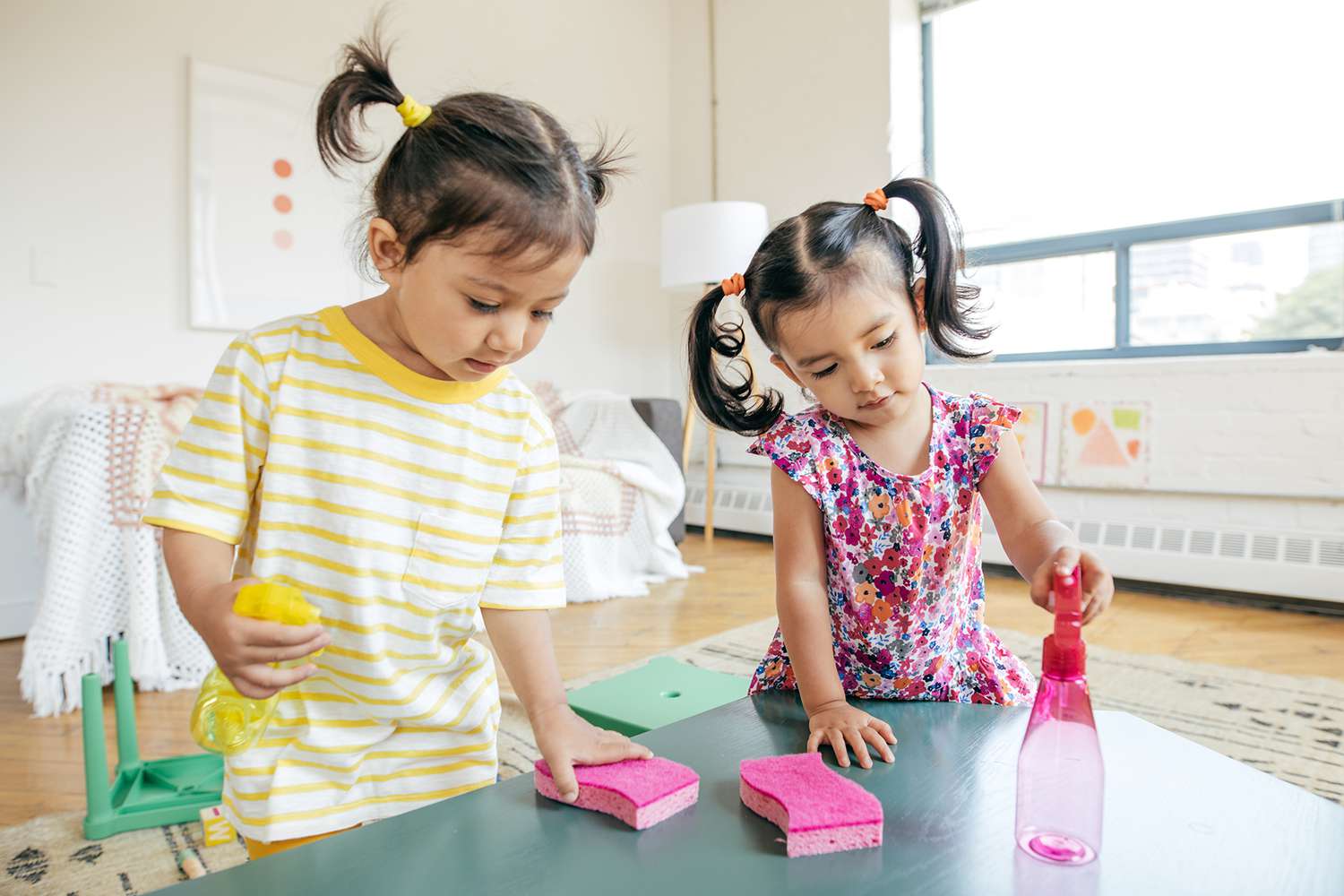
If you think you know everything about household disinfectant sprays, you might be in for a surprise.
While some are designed to be sprayed directly on the surface, others are not.
Ever noticed how you end up with greasy surfaces, despite spraying thoroughly with a cleaning solution?
You can fix it by spraying the solution on a microfiber cloth and then using the cloth to clean surfaces.
Want a 200 % cleaner house? Simple: stop committing these mistakes ASAP!

